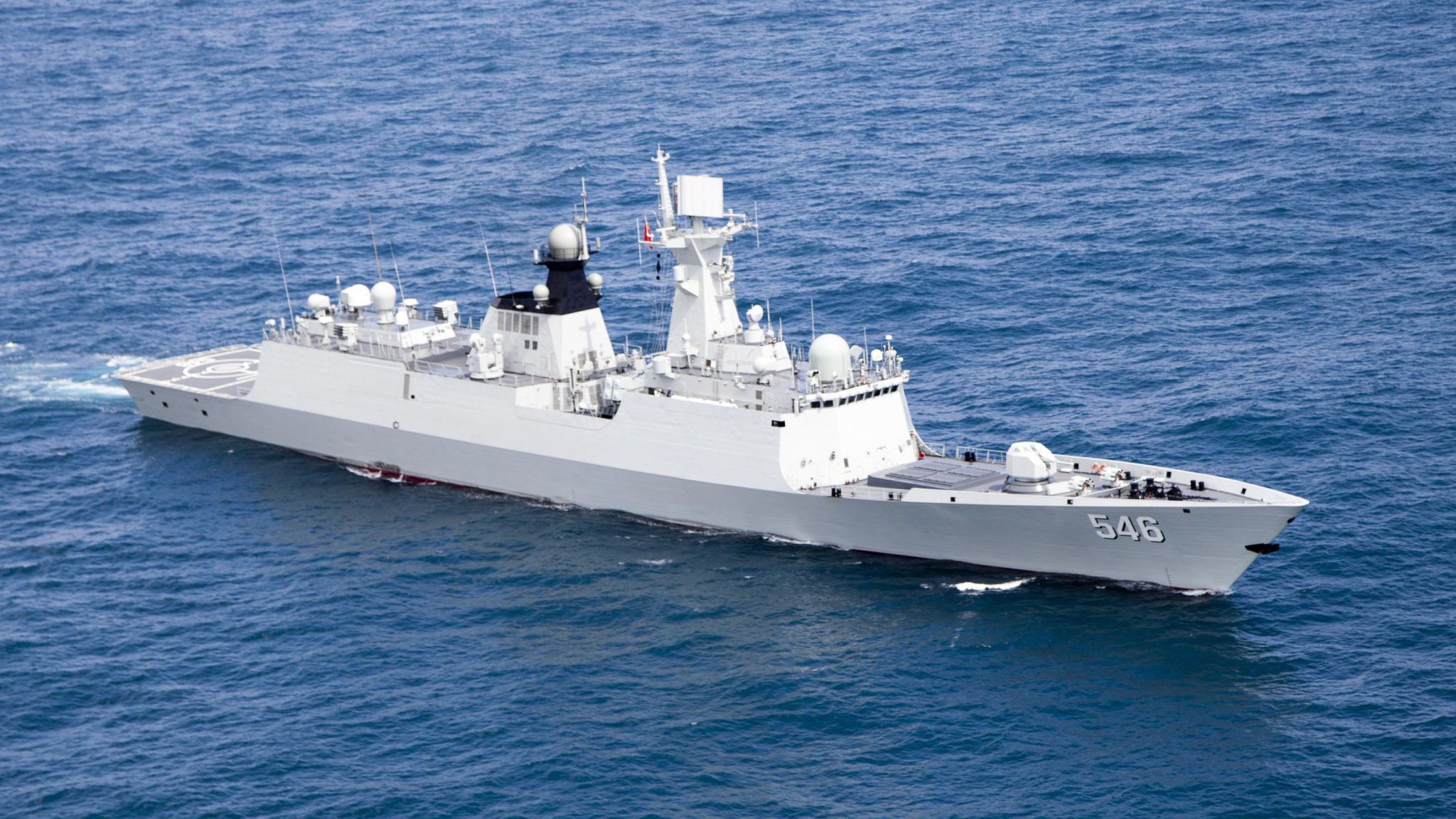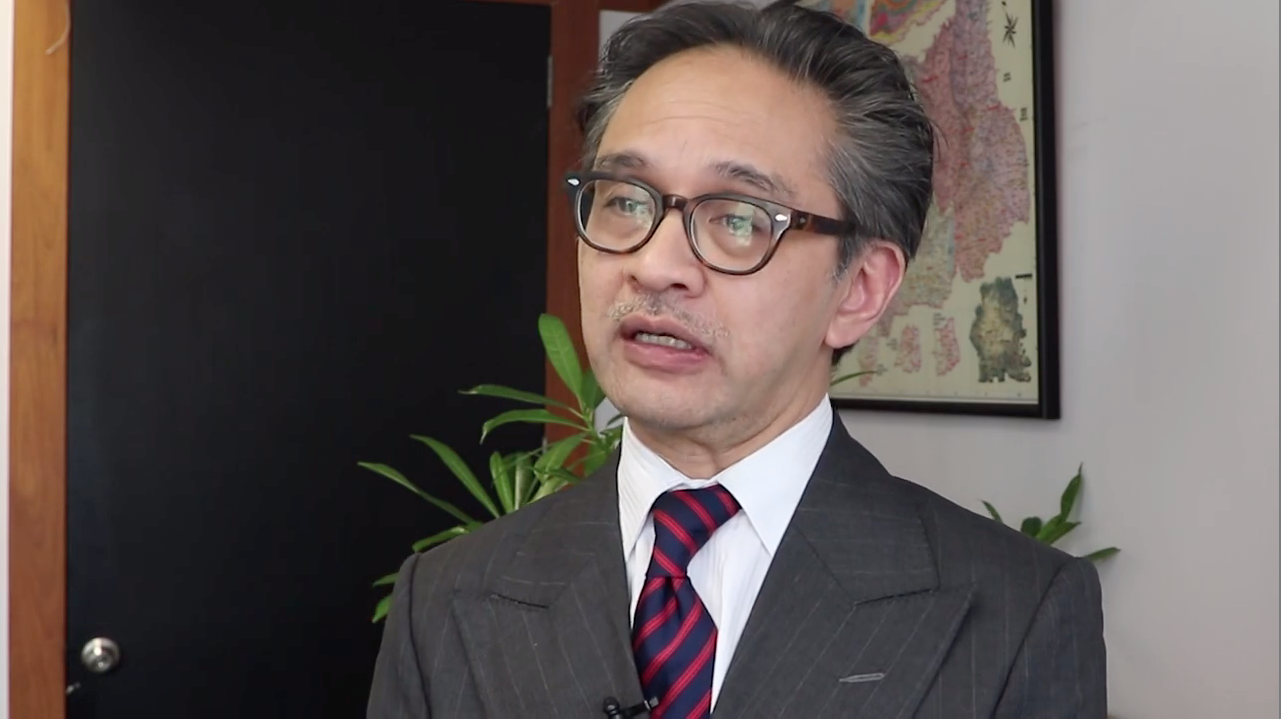The South China Sea remains one of the most contested maritime spaces in the world. Its strategic importance, resource wealth, and heavy shipping traffic draw strong interest from both regional and global powers. In recent years, militarization in the area has accelerated. External powers, including the United States and China, have increased their naval deployments and defense activities. This raises the stakes for ASEAN, which must now navigate growing pressure without losing cohesion or compromising regional stability.
ASEAN’s ability to respond effectively depends on internal coordination, diplomatic consistency, and a renewed commitment to centrality. A failure to act decisively risks undermining its relevance in shaping regional security outcomes.
Strengthening Unity through Institutional Measures
ASEAN’s first priority should be maintaining internal unity. Diverging views among member states often prevent ASEAN from taking clear positions. Some countries have territorial claims in the South China Sea, while others do not. Some rely heavily on Chinese investment, while others lean toward U.S. security guarantees. These differences make it difficult to issue joint statements or agree on common policy measures.
To address this, ASEAN should invest in strengthening institutional mechanisms. The ongoing negotiation of a Code of Conduct with China must be a central focus. ASEAN should push for a document that is legally binding, time-bound, and enforceable. Without clear enforcement mechanisms, any agreement will hold little weight.
ASEAN must also improve its ability to coordinate maritime policy. This includes establishing clearer protocols for joint exercises, patrols, and data sharing. Investing in shared maritime domain awareness would help member states respond to incidents more effectively and consistently.
Engaging External Powers without Compromising Autonomy
External powers will remain active in the region. China continues to expand artificial islands, station advanced military assets, and enforce maritime claims aggressively. The United States, in turn, conducts regular freedom of navigation operations and deepens defense partnerships with ASEAN members such as the Philippines and Vietnam.
In this context, ASEAN must avoid becoming a proxy arena for great power rivalry. Instead, it should engage all major actors through structured dialogues. ASEAN-led forums, such as the ASEAN Regional Forum and the East Asia Summit, offer platforms to manage tensions and promote rules-based behavior. These forums must remain neutral, inclusive, and focused on practical cooperation.
ASEAN should also emphasize the importance of international law, particularly the United Nations Convention on the Law of the Sea (UNCLOS). Upholding legal norms protects smaller states and prevents unilateral actions from becoming accepted practice. ASEAN’s collective support for UNCLOS gives it a stronger voice in international discussions.
Managing the Risk of Fragmentation
U.S.–China competition will continue to test ASEAN’s cohesion. Some member states have already taken different sides. The Philippines has signed new defense agreements with the United States and hosts an increasing number of U.S. military exercises. Vietnam is upgrading its strategic ties with Washington. Meanwhile, Cambodia and Laos maintain strong political and economic ties with Beijing.
These shifts are driven by national interest. Economic dependence, historical relationships, and domestic political calculations all play a role. ASEAN does not have the authority to dictate member states’ foreign policy. However, the bloc does have a responsibility to prevent these divisions from eroding its collective effectiveness.
One practical step is to focus cooperation in areas where interests still align. Trade, connectivity, disaster relief, and climate adaptation remain less politically sensitive and offer opportunities for joint action. By delivering tangible results in these areas, ASEAN can reinforce its value without becoming entangled in great power politics.
Reinforcing Centrality through Practical Leadership
ASEAN’s long-term strategic outlook depends on its ability to lead. Leadership does not mean dominance. It means providing stable platforms for dialogue, advancing shared rules, and responding to crises with a unified voice. If ASEAN becomes paralyzed by internal differences, external powers will move around it.
To avoid this, ASEAN must invest more in its own capacity. This includes improving the capabilities of the ASEAN Secretariat, increasing funding for regional initiatives, and building stronger networks between national agencies. Institutional strength is essential to reduce overdependence on outside actors.
Leadership also means speaking clearly. ASEAN must not delay or dilute its statements when member states face pressure. Silence signals weakness. A credible and consistent diplomatic posture reinforces ASEAN’s relevance and protects its members’ interests.
Conclusion
The South China Sea will remain a source of tension. ASEAN must respond by deepening internal cooperation, reinforcing regional norms, and engaging external powers on its own terms. National interests will continue to differ, but shared security, economic, and legal concerns still offer a strong basis for unity.
ASEAN’s centrality is not guaranteed. It must be earned through consistent action, institutional investment, and strategic clarity. The group’s ability to maintain peace and stability in Southeast Asia depends on the choices it makes now.



